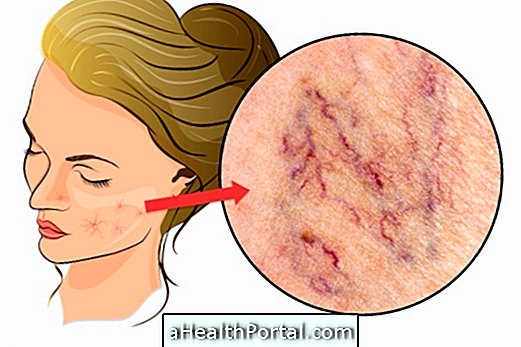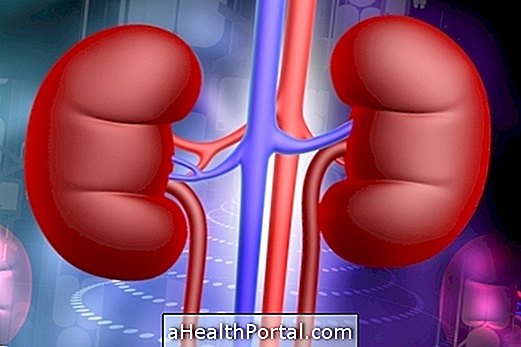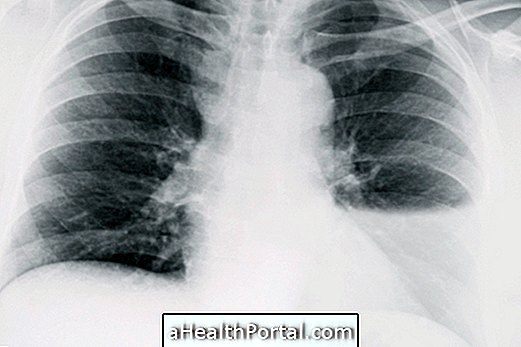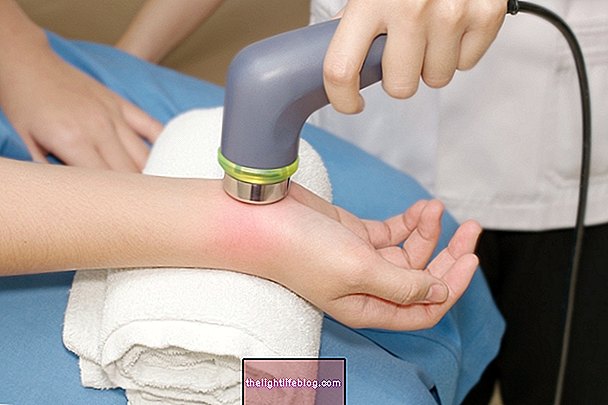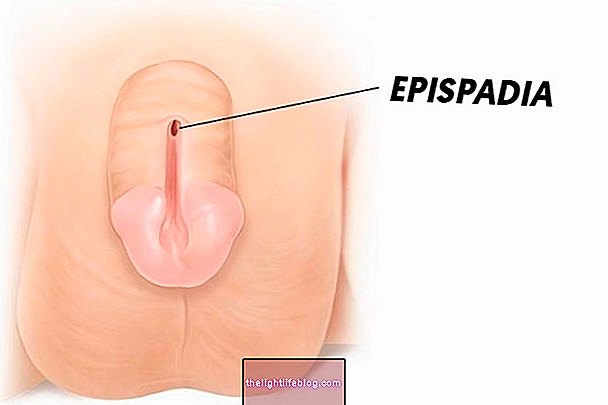The bed sheets of a bedridden person should be changed after the bath and whenever they are dirty or wet, to keep the patient clean and comfortable. In addition, using this technique makes the task easier and faster for the caregiver.
Generally, the technique for changing bed sheets is used for patients who do not have the strength to get out of bed, such as patients with Alzheimer's, Parkinson's or Amyotrophic Lateral Sclerosis. However, it can also be used after surgery in which it is advised to maintain absolute rest.
A single person may be able to change bed sheets, however, it is recommended that if there is a risk of the patient falling, the technique is done by two people, allowing one to take care of the patient.
6 steps to change bed sheets
1. Remove the bottom sheets from the mattress to loosen them.
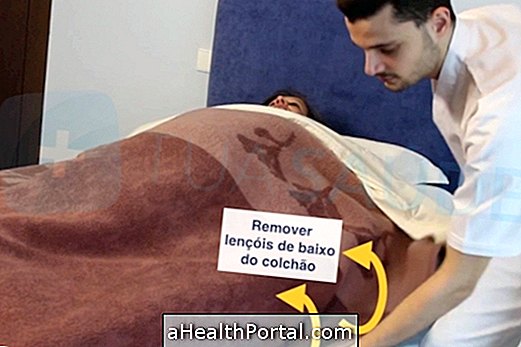
2. Remove the bedspread, blanket and top sheet from the patient, but leave the sheet or blanket in case the patient is cold.

3. Turn the person to one side of the bed. Here's a simple way to do this in: How to become a bedridden person.

4. Wrap the sheets toward the patient's back.

5. Lay the clean sheet on the bed.

6. Turn the patient to the other side and remove the dirty sheet, stretching the rest of the clean sheet.

If the bed is articulated, it is advisable that the bed is at the level of the caregiver's hip, thus avoiding to bend the back too much. In addition, it is important that the bed is completely horizontal to facilitate the change of sheets.
Care to be taken after changing the sheets of a bedridden person
After changing the bed sheets of the bedridden person it is important to change the pillowcase and stretch the bottom sheet tightly, holding the corners under the bed. This prevents the sheet from wrinkling, reducing the risk of scabs.

This technique can be done at the same time as bathing, allowing to change the wet sheets immediately. See an easy way to bathe the bedridden person.
